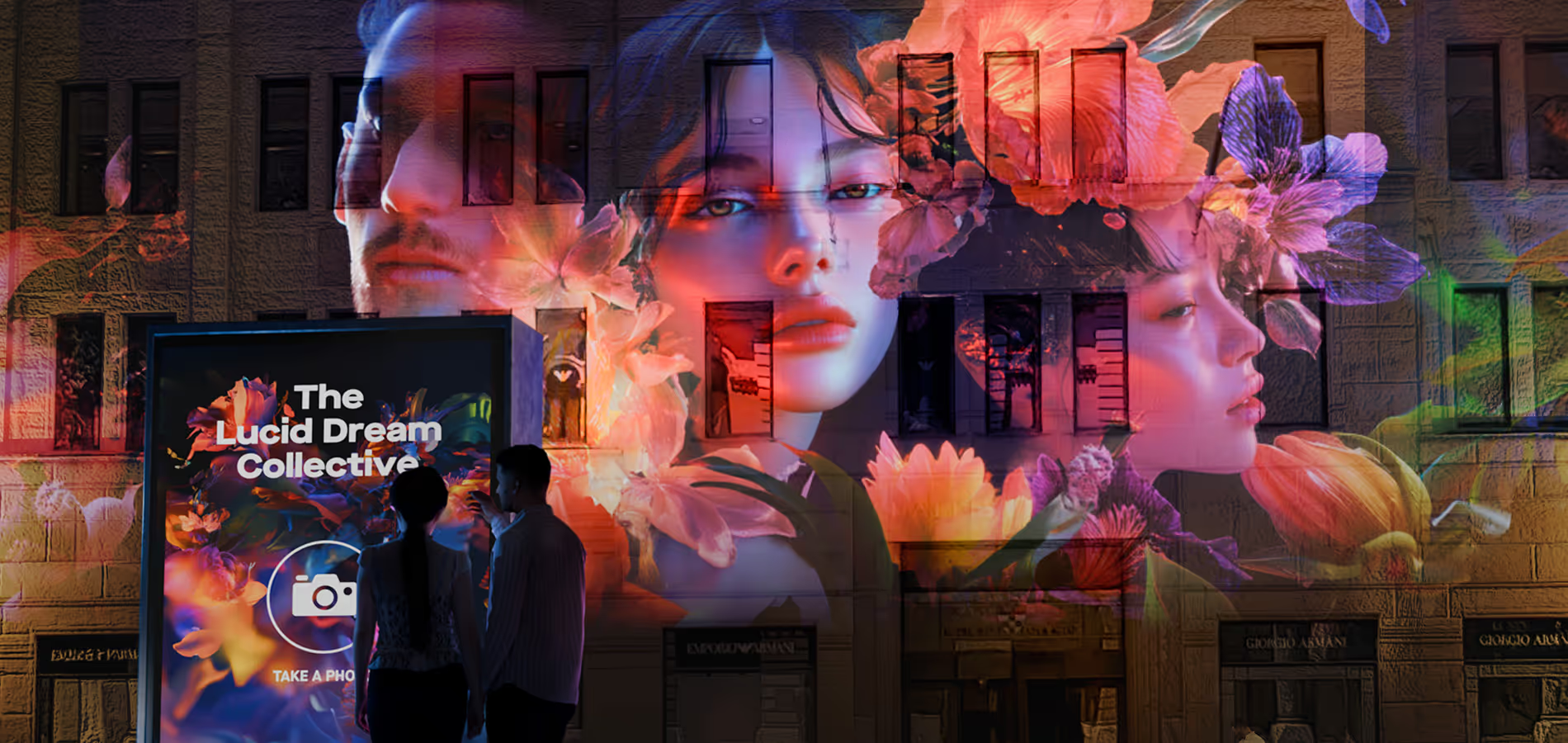
Real time AI marketing is becoming a clear priority for brands aiming to create more relevant and responsive experiences. It enables interactive brand activations that adjust based on live input, adapting content and interaction in sync with audience behaviour.
Insights from the FutureLabs Brand Experience Report show that real time AI and interactive systems are now the most in-demand technologies for campaign development. Creative teams are actively incorporating AI-powered tools to personalise motion graphics, voice responses and spatial environments in real time.
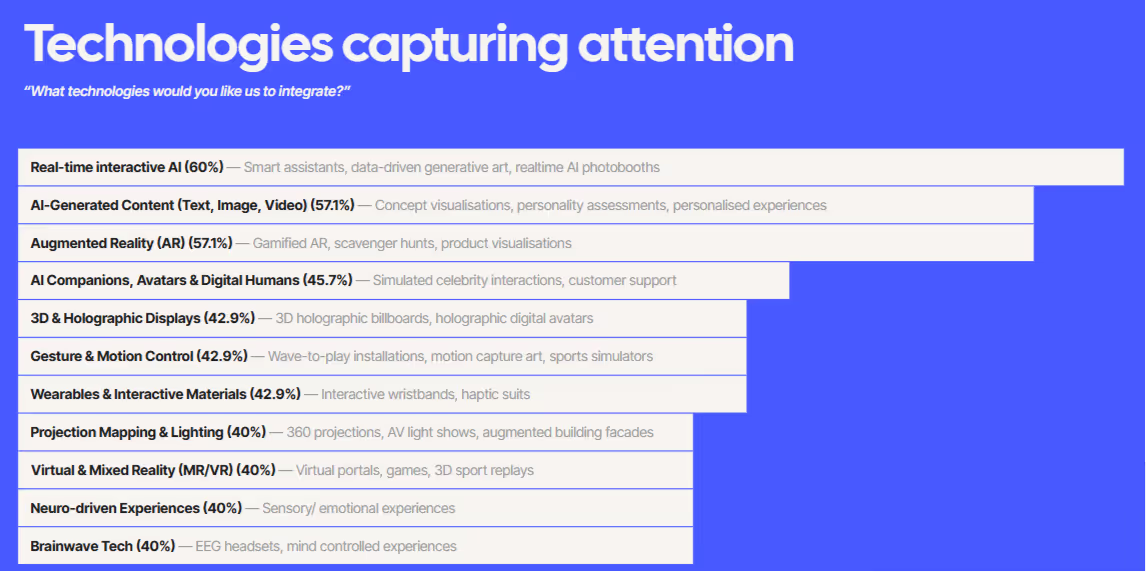
This shift is reflected in broader campaign planning.60% of industry respondents identified experiential marketing with real time and AI as their top area of interest. Activations built with AI, gesture tracking or live data inputs are outperforming static formats in both impact and relevance.
.avif)
The value lies in responsiveness. Campaigns can now be designed as systems — environments that respond to facial expression, movement, crowd energy or sound. With the right creative concept, real time inputs become part of the brand narrative, delivering a more tailored and compelling experience.
👉 Download the full FutureLabs Brand Experience Report
Real time & AI marketing is transforming how brands connect with audiences. These systems allow campaigns to react instantly to audience behaviour, creating personalised and adaptive experiences. With growing demand for innovation, here are four ways brands are investing in AI-powered brand activations that deliver relevance in the moment.
Generative Visuals in Real Time Brand Activations
Generative visuals are becoming a key feature of real time AI brand activations. Using AI, brands can now create visual content live, shifting colour, shape, format or movement based on what the audience says, does or feels.
Some brands deploy real time image generation triggered by voice or sentiment, while others use camera input to create custom portraits or projections. These installations respond instantly, making each interaction feel personal. AI-powered content creation also helps generate social assets that boost organic reach during live events.
Real world campaigns:
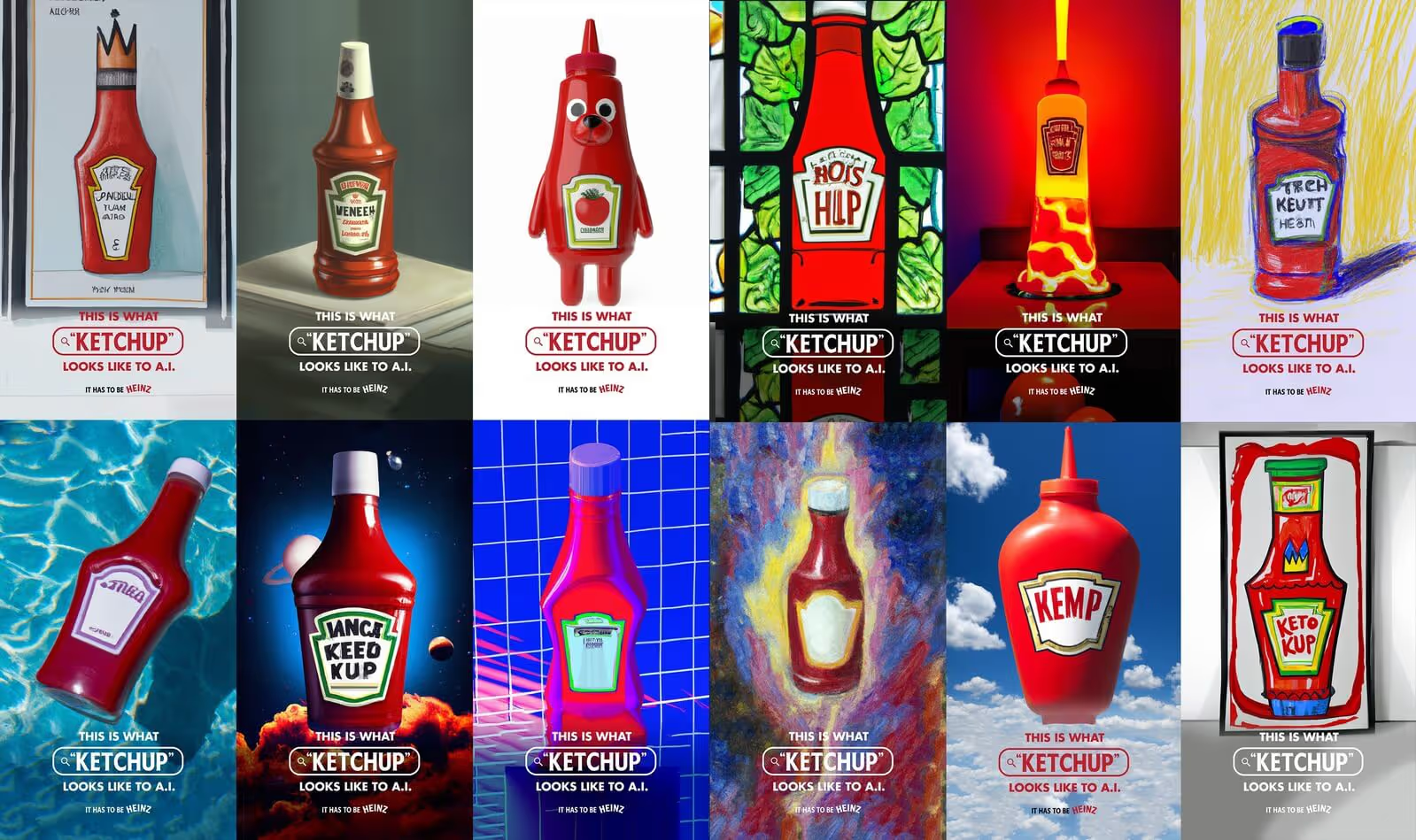
Heinz launched a global campaign titled "This Is What AI Thinks Ketchup Looks Like", using generative AI to explore how artificial intelligence perceives the idea of ketchup. By feeding prompts like “ketchup in space” or “ketchup at a fashion show” into AI image generators, Heinz produced surreal, humorous visuals, many of which still resembled its iconic glass bottle.
The brand invited the public to join in, generating their own AI images using a microsite tool. The best creations were featured in out-of-home advertising, digital placements and even packaging design.
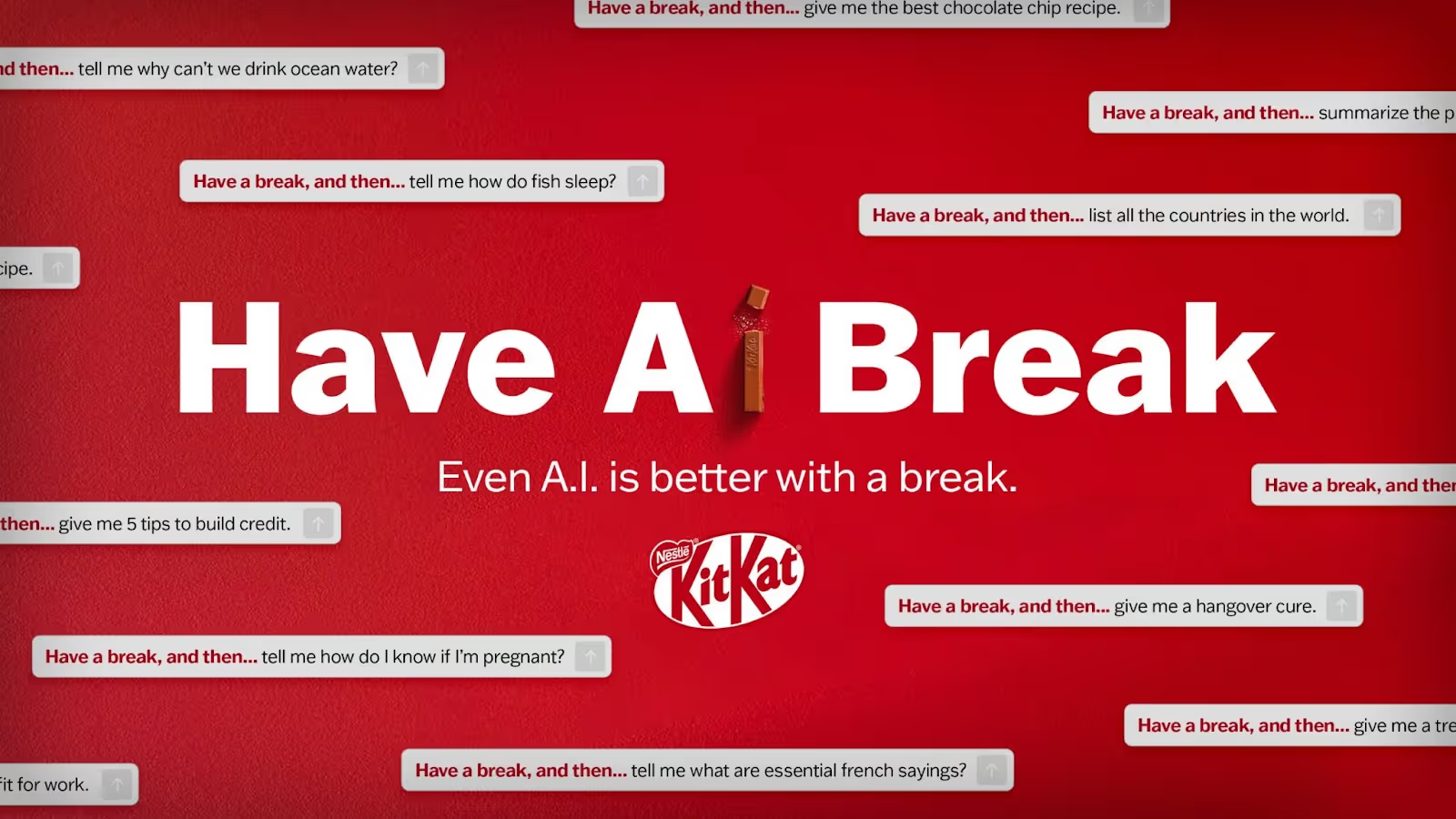
KitKat launched the “Have AI Break” campaign by asking generative AI tools like ChatGPT and DALL·E to create ads based on its classic slogan, Have a break, have a KitKat. The AI-generated outputs were awkward, off-brand and often nonsensical exactly to the point.
The ads poked fun at the limitations of AI in creative work, reinforcing KitKat’s human-centred approach to humour and storytelling. It was a smart way to use real time AI marketing not for polish, but for contrast, turning AI’s flaws into a creative advantage.
The campaign ran across digital, outdoor and social, using AI powered content creation to spark conversation and reinforce the brand’s voice.
Real time voice and AI chatbots allow brands to communicate with audiences through intelligent, responsive systems. These tools detect tone, language, prompts and sentiment that adjust responses in the moment. As part of an interactive brand experience, they function as a guide, a narrator or a conversational assistant.
Brands are deploying this technology across retail, exhibitions and product showcases. Guests can ask questions, access live recommendations or follow voice-guided journeys in multiple languages, making the experience more intuitive and aligned with the brand.
Real world campaigns:
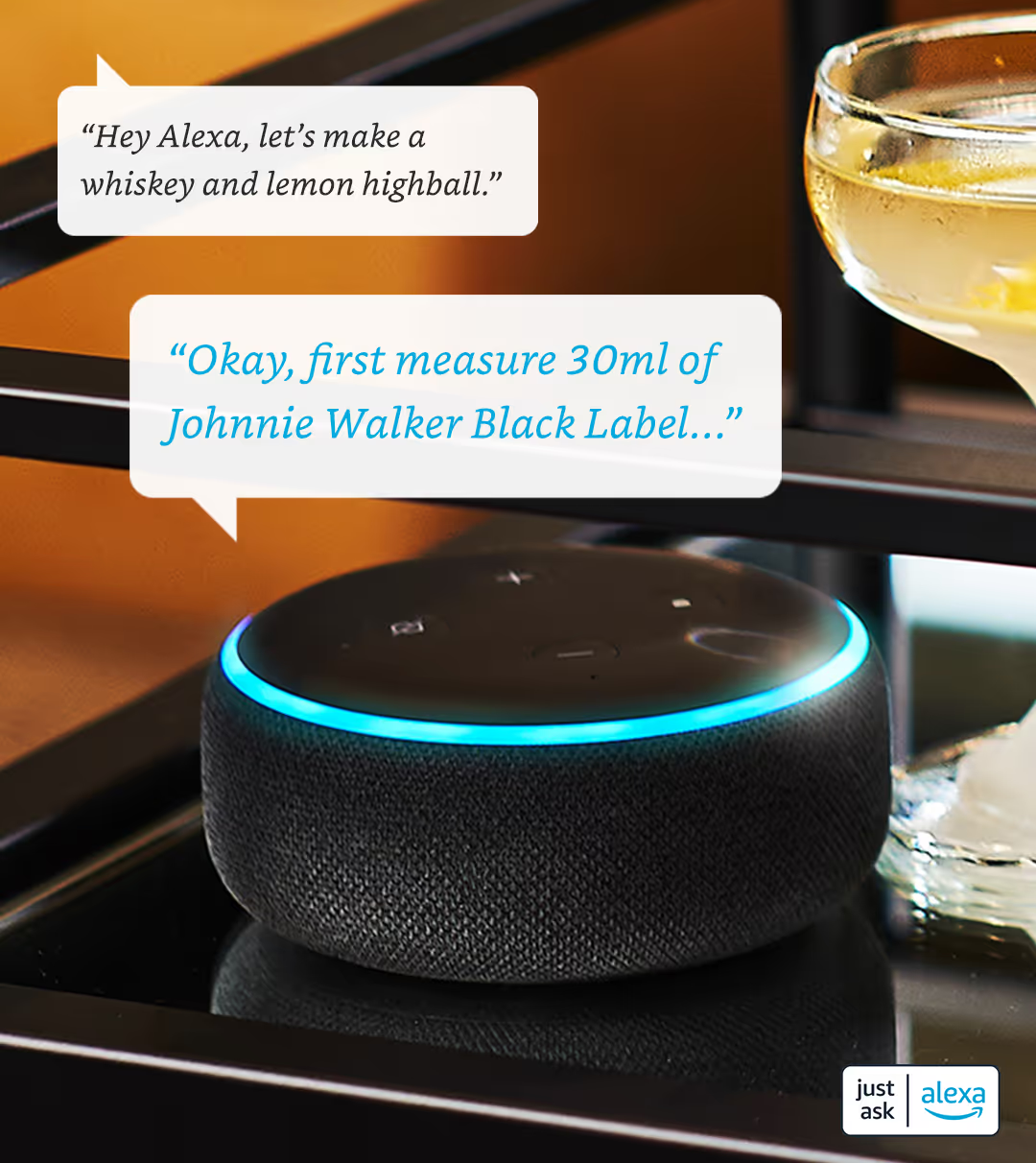
In collaboration with FutureLabs, Diageo launched the Alexa AI Bartender, a voice-powered installation that helped guests explore the brand’s spirits portfolio through conversational interaction.
Using real time voice AI, visitors could ask for drink recommendations, learn about whisky flavours or discover cocktail recipes tailored to their preferences. The system responded instantly, adjusting tone, content and language to suit each interaction.
This experience demonstrated how interactive brand experiences can become more intuitive and memorable when powered by responsive voice systems — turning a product showcase into a personalised dialogue.
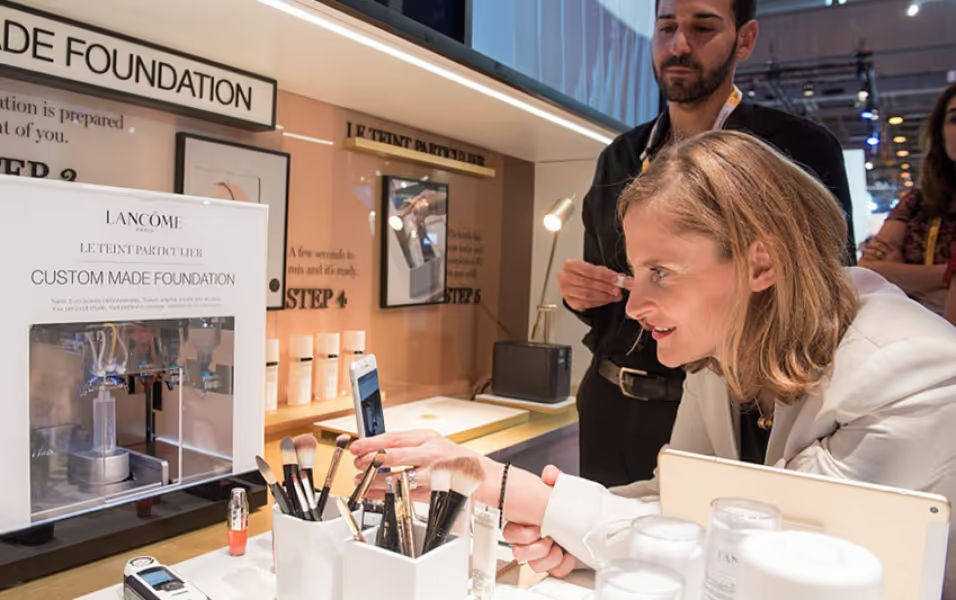
L’Oréal developed a voice enabled beauty assistant for use in pop-ups and retail stores. Shoppers could ask questions about skincare routines, product suitability or ingredient benefits. The AI system responded with context-aware answers, guiding users toward relevant products while maintaining the brand’s tone of voice.
The assistant made in-store exploration more engaging, supporting both education and conversion through real time voice interaction.
Crowd responsive activations are another leading use of real time and AI in experiential marketing. With computer vision, motion sensing and sound detection, brands are building spaces that adapt to the audience in real time.
These systems track group movement, volume or mood to control lighting, soundscapes or visual design. The result is an emotionally connected space that changes based on how people interact with it, increasing immersion and audience dwell time.
Real world examples:
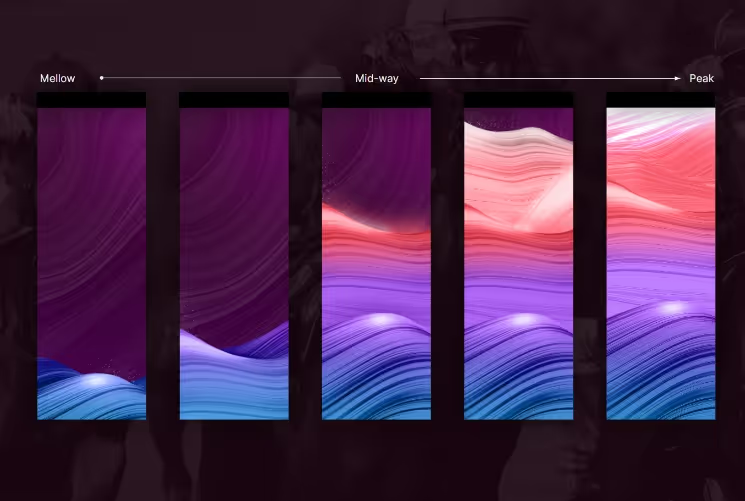
At the heart of the Melbourne Cup Carnival, FutureLabs partnered with the Victorian Racing Club to create a data driven brand activation designed to reflect the emotional landscape of the event.
Guests across the racecourse were invited to participate through mobile prompts, sharing feedback that fed into a real time sentiment score. This live data shaped a large interactive LED installation, which adjusted colour, brightness and motion based on the crowd’s collective mood.
The experience operated as a form of emotional visualisation in events, responding to changes in energy throughout the day rising during peak moments, softening during quieter intervals. It offered a subtle yet powerful example of real time experiential marketing, turning audience input into a visual expression of the event atmosphere.
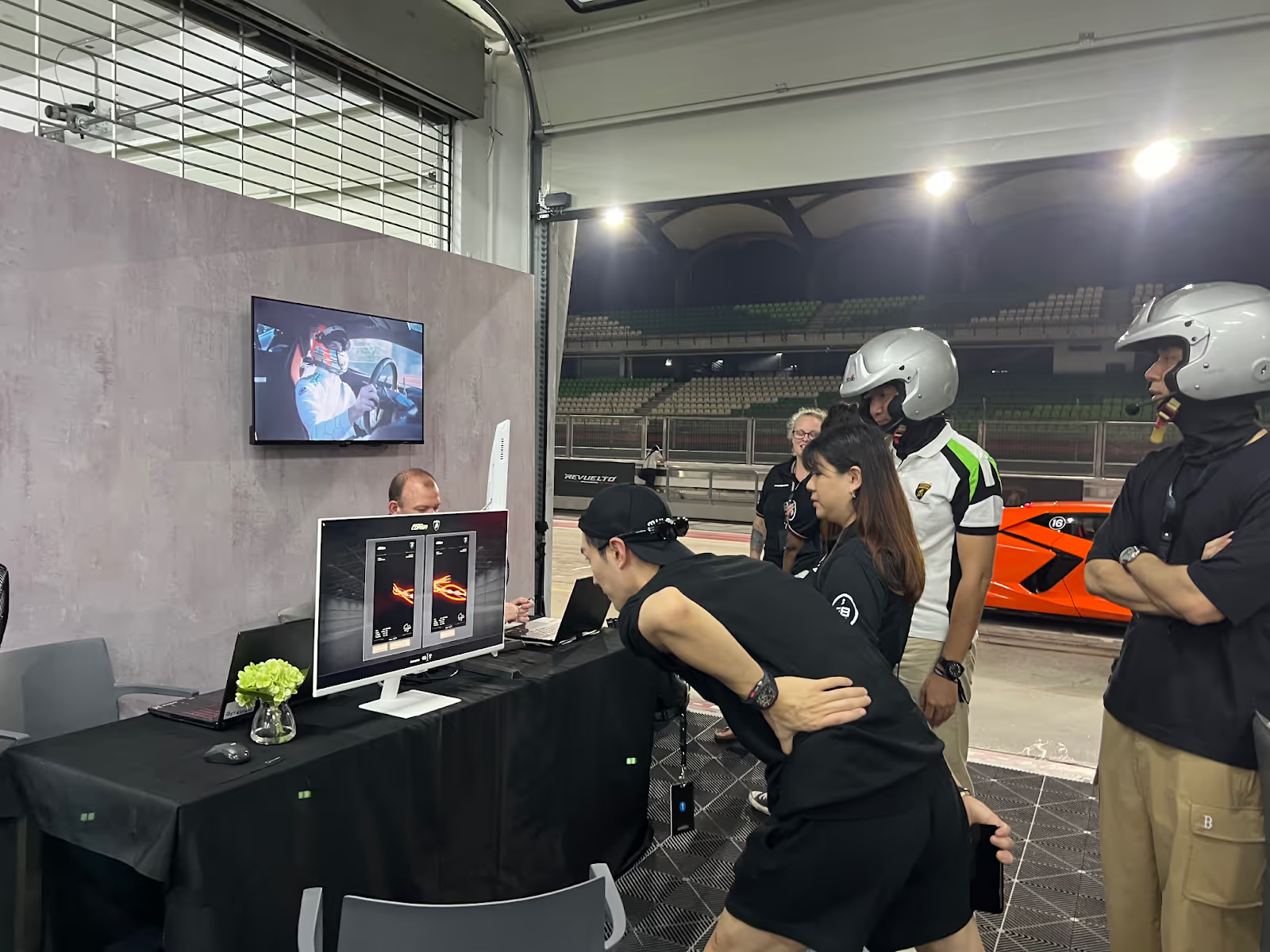
At the Sepang F1 Circuit, FutureLabs partnered with Bridgestone Asia Pacific, Automobili Lamborghini, and distillery to reimagine performance storytelling through real time data visualisation.
During the driving experience, each guest’s track session was captured live including speed, g-force, throttle, braking and acceleration patterns. This telemetry was processed instantly and transformed into bespoke generative artwork using a custom-built design engine. Every piece reflected the driver’s unique style behind the wheel.
After completing their laps, guests reviewed their performance and selected their favourite run. A personalised artwork was generated and delivered directly to their inbox blending data driven brand experience with lasting creative takeaway.
In AI-driven experiential campaigns, the storyline adapts based on the audience’s input. These activations use feedback loops, gestures or branching content to evolve in real time, making the journey personal and interactive.
Using real time marketing technology, brands can change tone, pace or visuals dynamically, giving audiences control over how they engage. This format increases emotional connection and makes campaigns more memorable.
Real world campaigns:
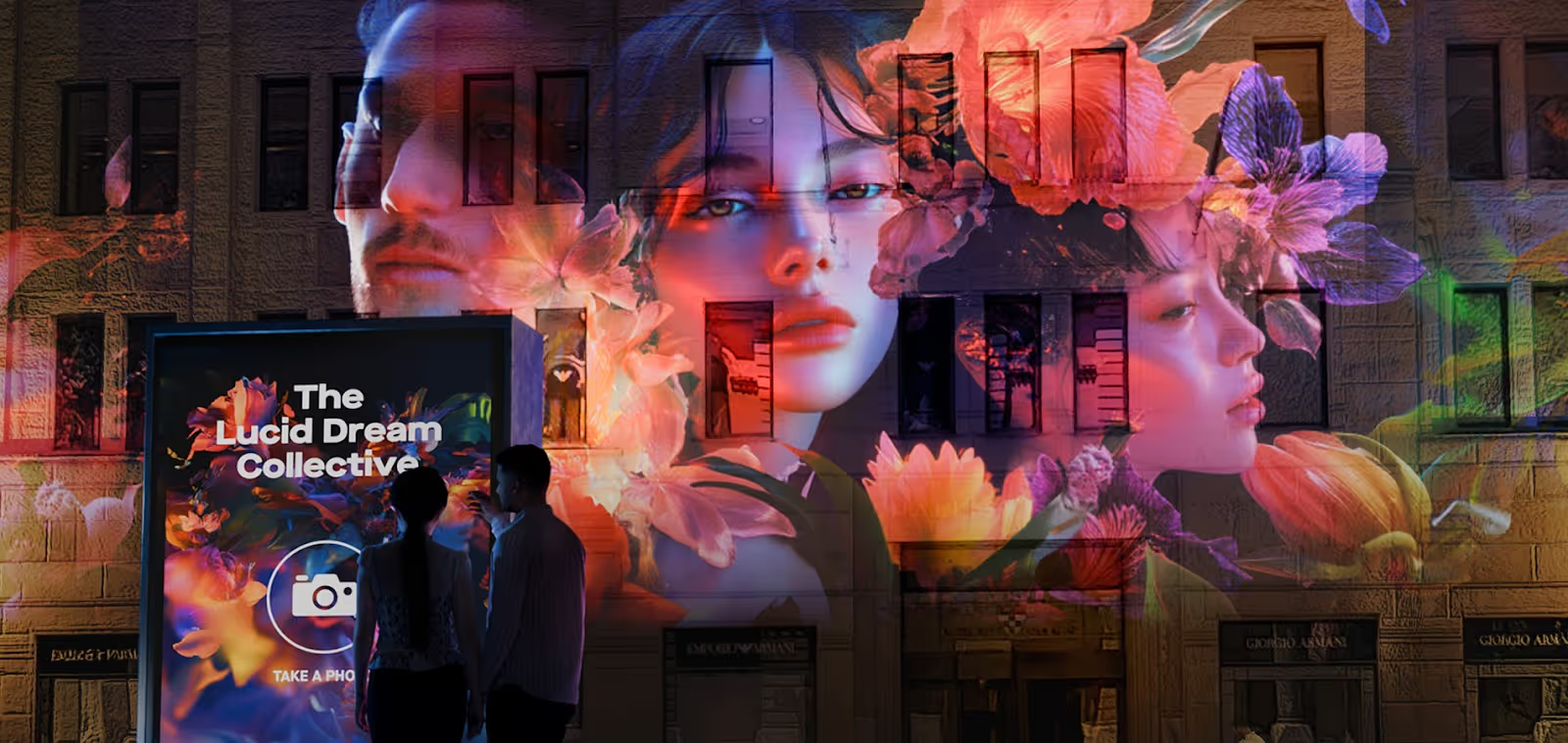
At Vivid Sydney 2025, Moment Factory partnered with The Lucid Dream Collective to deliver an interactive installation that blurred the boundaries between audience, environment and story. The experience invited visitors into a dreamlike journey where their movement, mood and presence directly shaped the visual and auditory environment around them.
The installation used real time AI, motion sensors, and ambient sound detection to build a space that evolved with every interaction. As crowds moved through the environment, the system adapted, colours shifted, projections reacted and generative soundscapes responded live to energy levels and proximity.
Rather than telling a fixed story, the experience allowed each group of visitors to co-create a unique narrative, shaped by collective input. It was meditative for some, high energy for others, depending entirely on how the space was used.
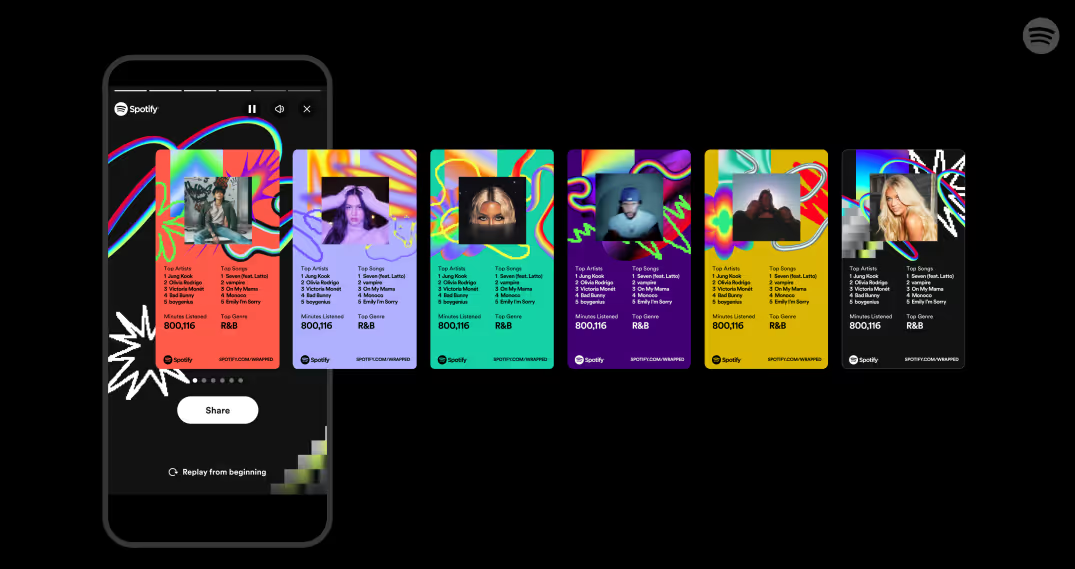
Spotify Wrapped remains one of the strongest examples of AI driven storytelling at global scale. Every December, users receive a personalised recap of their listening habits including custom playlists, genre breakdowns, artist interactions and behavioural insights. Each story is dynamically generated using real time data and AI pattern recognition.
Wrapped succeeds because it turns user behaviour into emotional storytelling. Millions of listeners share their Wrapped results, extending brand reach organically while reinforcing a sense of individual connection.
Real time & AI marketing is changing how brand experiences are built. Campaigns are created to respond, shaped by audience input, behaviour and environment.
Tools like generative visuals, voice interaction, data visualisation and responsive environments are helping brands create deeper, more relevant engagement.
At FutureLabs, we bring this to life through precise systems thinking, creative clarity and real time execution. Every interaction is designed to respond with purpose, aligning brand story, audience context and intelligent technology.
See how FutureLabs brings brand experiences to life →

